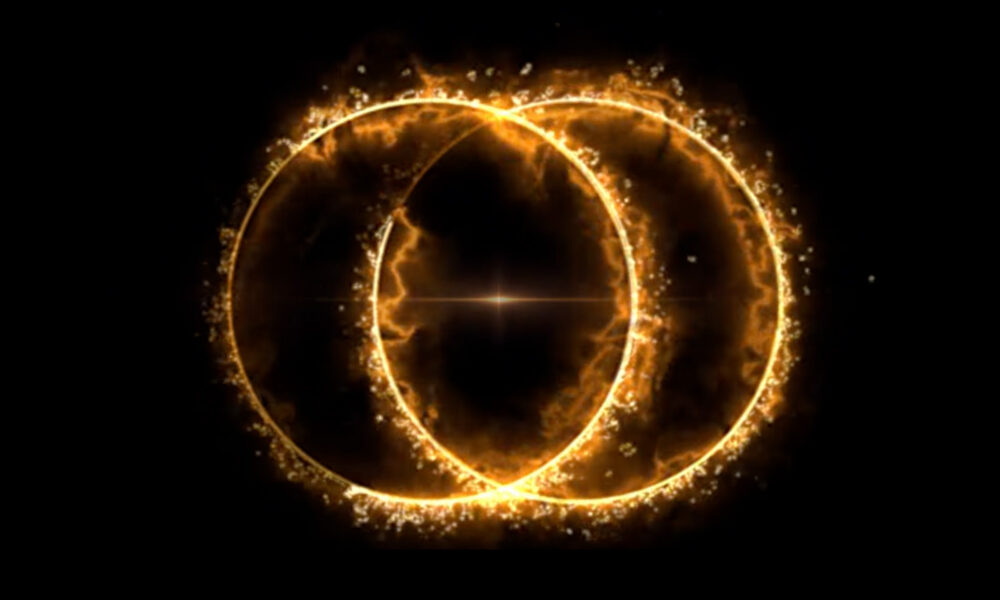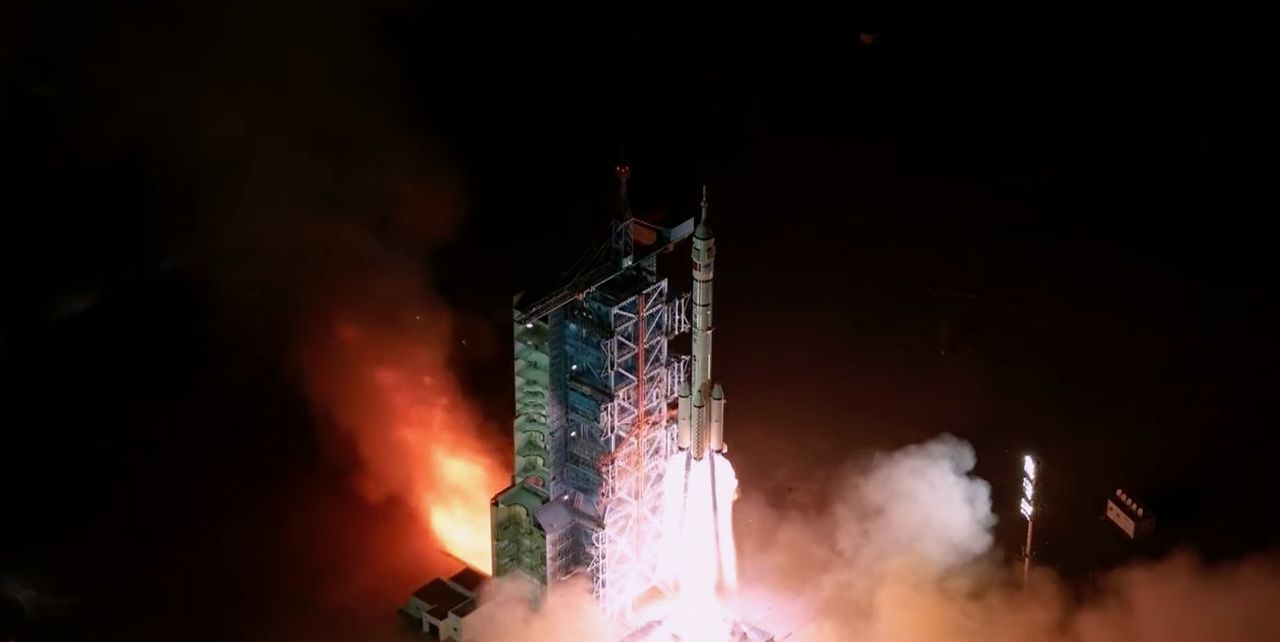Milestone results released by the Large High Altitude Air Shower Observatory (LHAASO) on November 16, 2025, have resolved a long-standing mystery regarding the cosmic ray energy spectrum. This spectrum exhibits a sharp decline in cosmic rays above 3 PeV, forming a distinctive knee-like shape. The origin of this “knee” has puzzled scientists for nearly 70 years, but recent research indicates that micro-quasars driven by black hole accretion are likely the source of this phenomenon.
Two studies published in National Science Review and Science Bulletin have provided compelling evidence that these black hole systems are powerful particle accelerators within our galaxy, significantly contributing to our understanding of cosmic ray origins. The research involved collaboration among institutions including the Institute of High Energy Physics of the Chinese Academy of Sciences, Nanjing University, and La Sapienza University of Rome.
Micro-Quasars as Cosmic Accelerators
Black holes, some of the universe’s most enigmatic entities, create relativistic jets when they accrete material from companion stars, forming what are known as micro-quasars. In a groundbreaking achievement, LHAASO has systematically detected ultra-high-energy gamma rays from five notable micro-quasars: SS 433, V4641 Sgr, GRS 1915+105, MAXI J1820+070, and Cygnus X-1.
Notably, the radiation from SS 433 was found to overlap with a giant atomic cloud, suggesting that high-energy protons are accelerated by the black hole and interact with surrounding matter. The proton energy in this system exceeded 1 PeV, with an output power of approximately 10^32 joules per second, equivalent to the energy released by four trillion of the most powerful hydrogen bombs. The gamma-ray energy from V4641 Sgr reached 0.8 PeV, confirming its status as another significant particle accelerator.
These findings underscore the role of micro-quasars as crucial contributors to the cosmic ray energy spectrum, addressing a scientific conundrum. Historically, supernova remnants were viewed as the main sources of cosmic rays, but neither observational nor theoretical studies have shown that they can achieve the energy levels associated with the knee.
Challenges in Cosmic Ray Measurement
Understanding the cosmic ray “knee” requires precise measurements of various cosmic ray species and their energy spectra. Protons, being the lightest nuclei, are a primary focus. However, cosmic rays in the knee region are scarce, and satellite detectors have limited capability, complicating detection efforts. Ground-based measurements face atmospheric interferences that hinder the distinction between protons and other nuclei.
LHAASO overcame these challenges by employing advanced multi-parameter measurement techniques, allowing for a large statistical sample of high-purity protons. This approach enabled precise energy spectrum measurements with accuracy comparable to satellite observations. The results revealed an unexpected energy spectrum structure, exhibiting a new “high-energy component” rather than a simple transition between power-law distributions.
The latest findings, combined with data from the space-borne AMS-02 experiment and DArk Matter Particle Explorer (DAMPE), illustrate the presence of multiple accelerators within the Milky Way, each with its unique acceleration capabilities and energy ranges. The knee signifies the acceleration limit of the sources responsible for the high-energy component, indicating that cosmic ray protons in the PeV range primarily originate from new sources like micro-quasars, surpassing the limitations posed by supernova remnants.
The connection between black holes and cosmic rays has been further solidified by these discoveries. For the first time, the knee structure has been observationally linked to a specific astrophysical source—the black hole jet system. LHAASO’s hybrid detector array has proven vital for detecting cosmic ray sources through ultra-high-energy gamma rays, while also enabling precise cosmic ray particle measurements in the solar system’s vicinity.
These advancements not only resolve a significant scientific mystery but also enhance our understanding of black holes’ roles in cosmic ray origins. As LHAASO continues to lead high-energy cosmic-ray research, its findings contribute to the broader knowledge of extreme physical processes in the universe, offering fresh insights into the nature of cosmic phenomena.







